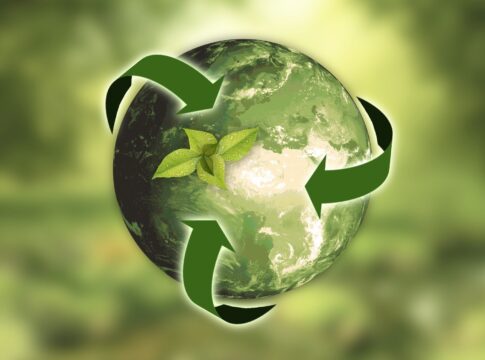WINT Launches Solution to Cut Water-Related Carbon Emissions in Buildings
WINT Water Intelligence launched a data-based insights tool to help firms cut their water-related carbon emissions.
WINT provides water management and leak-prevention solutions to businesses by using AI and IoT. It caters to commercial facilities, construction sites, and industrial manufacturers.
Its solutions are particularly designed to cut carbon emissions, water waste, and water leakage.
Data-Based Application That Cuts Water-Related Carbon Emissions
WINT’s new app will aid firms to reduce their GHG emissions related to water use in buildings.
The new app gives owners, contractors, and managers vital data to track the CO2 impact of their water use. This water-waste and carbon tracking solution goes with WINT’s advanced analytics.
The resulting tool enables users to address water inefficiencies and decrease water waste. Better yet, it limits the negative impact of water supply on the environment.
The launch of this new carbon tracking app is so timely as the world is in a tight battle over climate change.
Companies across the globe have pledged their goals to be carbon net-zero by 2050. Big reductions in CO2 emissions are a must to avoid the worst effects of global warming.
Also, the Securities and Exchange Commission recently released its new rule requiring firms to disclose their GHG emissions.
WINT’s carbon-tracking app allows businesses to manage their water-related carbon emissions. It will also enable them to give stakeholders detailed information about those emissions.
The Need for Buildings to Reduce C02 Emissions
Studies show that there are 60 to 120 pounds of carbon emitted for every 1,000 gallons of water used. This translates to about 7-15 kg for each cubic meter of water.
Moreover, buildings are a primary source of water waste and CO2 emissions. In fact, the building sector contributes a total of 39% (28%+11%) of the annual global CO2 emissions.
The pie chart below represents global CO2 emissions by sector in 2020.
Source: International Energy Agency
As for its water-related carbon emissions, the building sector also contributes a lot.
For instance, a leaking toilet is approximately losing 1 million gallons of water a year. This results in around 4.5 tons of GHG emissions, which is close to a passenger car’s annual emissions.
Now, research suggests that almost 25% of water in buildings goes to waste. This involves all types of buildings (commercial, residential, and industrial). In this case, the global impact of water-related carbon emissions is so huge.
Water waste can be due to leaks, malfunctions, outdated infrastructure, and human errors.
According to WINT’s chief strategy officer, Yaron Dycan,
“Waste and inefficiency in water supply systems are so significant… But they are often an overlooked source of CO2 emissions.”
Hence, WINT’s data-based tool provides real-time alerts to tackle water inefficiencies and wastes. It does so by integrating the firm’s IoT water-flow analysis devices. It can even shut off water supplies automatically if needed.
As such, it can help owners, developers, and facility managers to cut their water use. And thus, they can also reduce carbon footprint by about 20% – 25%.
The company said that its innovative carbon reporting tool is the first of its kind. And by allowing users to pinpoint waste and keep track of water-related emissions, WINT’s new tool can help meet their carbon goals.
The post WINT Launches Solution to Cut Water-Related Carbon Emissions in Buildings appeared first on Carbon Credits.



